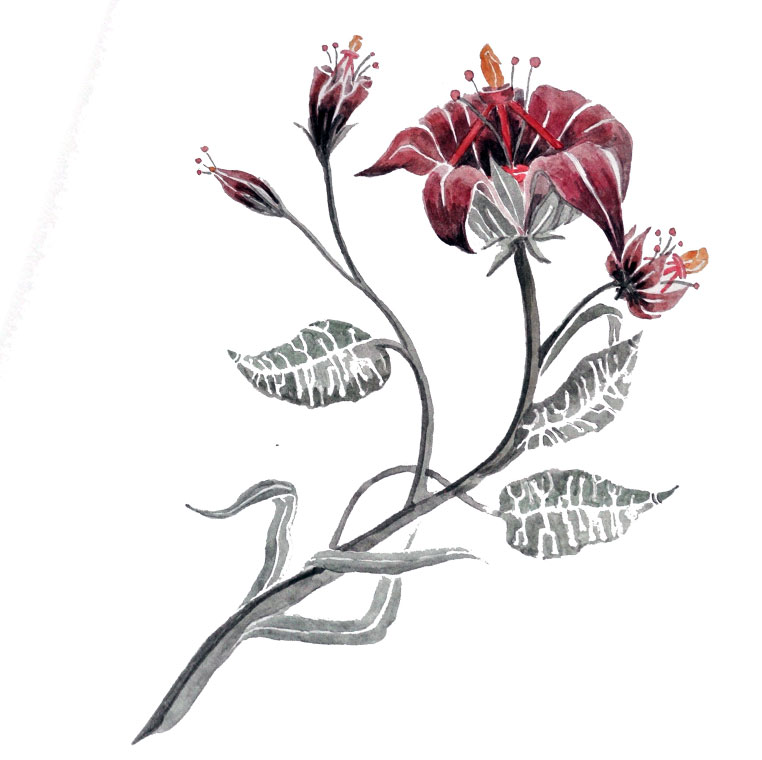Plant Bionics
Speculative Design Project

Plant bionics is a speculative design on how technology can meaningfully enhance plant functionality in the future. It's based on state of the art research in the fields of synthetic biology, bio-electronics, nano-technology and more.
It shows how plants could be enhanced to have computing power inside their vascular system and communicate through the use of a selfassembling conductive polymer.
The network will allow pants to form a decentralised system that can share nutrients and information. The nutrients function like a currency allowing plants to take specialised roles within the social ecosystem.
When coupled with artificial intellegence the system could optimise itself and outpace biological adaptation, much like humans have done.
“What does a future with technology enabled plants look like?”
This future is illustrated through the description of what plants in such a system could look like. In the project plants are the projected user and not humans. If plants are enabled with technology they can start adapting at the same rate our technology is advancing; exponentially. Coupled with decentralized AI the system will have the ability to learn and to experiment with different roles within the system.
One example is a Bionica Machinor, a plant that would take care of the underground mycelium network that is naturally used by plants to communicate and transport signals. It has multiple entry points into the ground to tend to the underground network and it provides the fungi with optimal places to bloom. For its contribution to the eco-system other plants send it nutrients.
For more examples see the
research booklet.


All speculations within the project are made based on cutting edge research. Many of the features needed for a bionic plant eco-system are currently in early research phases. Projections are that the proposed system could technologically be feasible in twenty years.
For more information on the project:
research booklet.
Illustrations by:
Mathilde Heu.
The most influential referenced research by:
Laboratory of Organic Electronics at Linköping University






